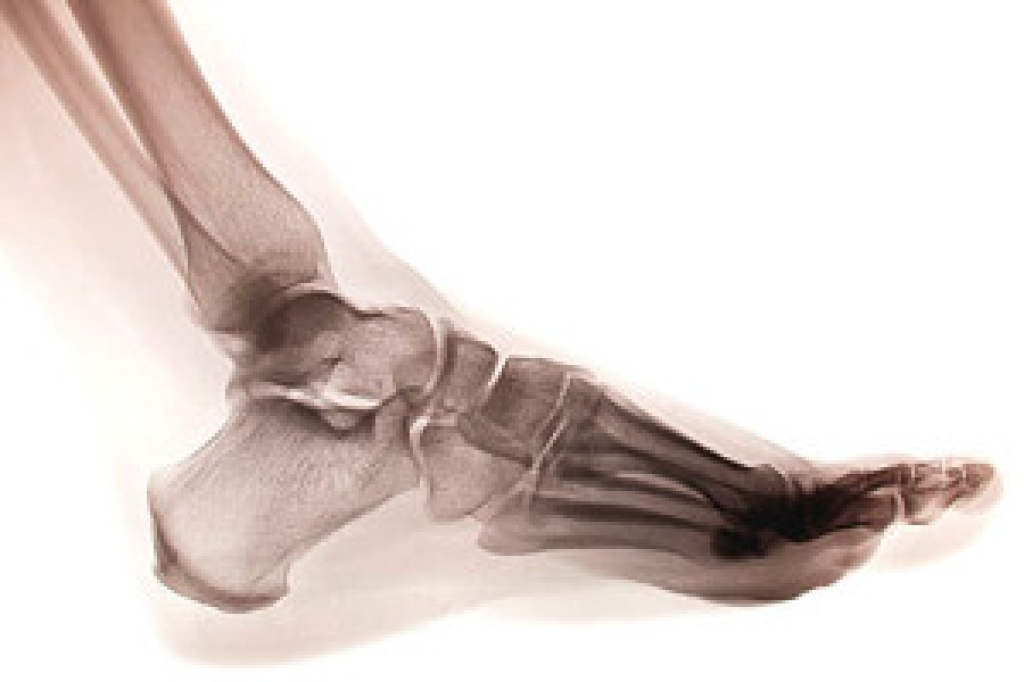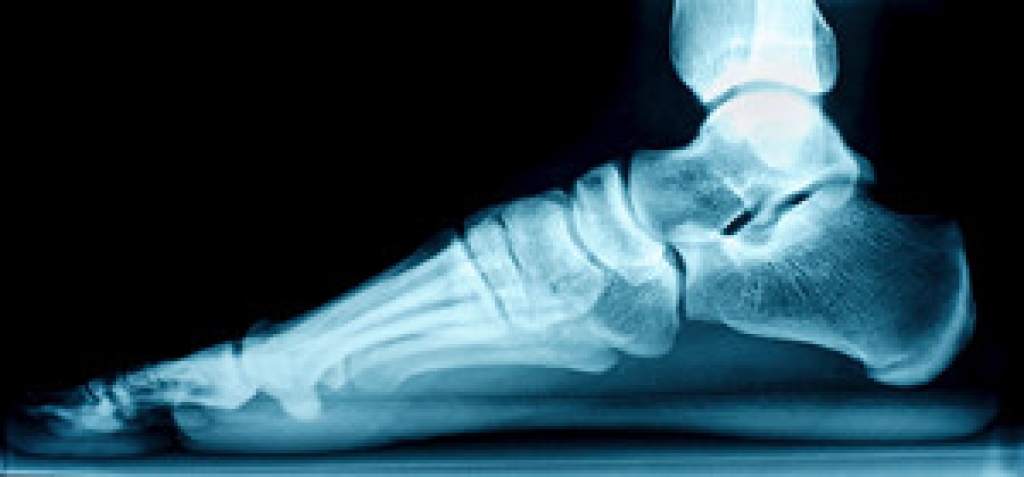
Most people misunderstand the seriousness of an ingrown toenail unless they experience one. Ingrown toenails frequently affect the big toe and result from the nail growing into the skin, instead of over it. Pain and discomfort are often the beginning signs that an ingrown toenail has developed. When left untreated, it may become infected, bleed, and there may be discharge or pus. An ingrown toenail can be caused by trimming the toenails incorrectly, wearing shoes that are too tight, and genetic reasons. Occasionally, the toe will feel better when soaked in warm water and a cotton swab can be used to gently push the skin away from the nail. This is a temporary fix for mild relief. A permanent solution can be found at a podiatrist's office. People who have recurring ingrown toenails often seek the expertise of this type of doctor, who can effectively treat it. An infected ingrown toenail may qualify for surgery, and it is suggested that you contact a podiatrist to determine the best course of treatment for you.
Ingrown toenails can become painful if they are not treated properly. For more information about ingrown toenails, contact Dr. Castillo of Bronx Foot Care. Our doctor can provide the care you need to keep you pain-free and on your feet.
Ingrown Toenails
Ingrown toenails occur when a toenail grows sideways into the bed of the nail, causing pain, swelling, and possibly infection.
Causes
- Bacterial infections
- Improper nail cutting such as cutting it too short or not straight across
- Trauma to the toe, such as stubbing, which causes the nail to grow back irregularly
- Ill-fitting shoes that bunch the toes too close together
- Genetic predisposition
Prevention
Because ingrown toenails are not something found outside of shoe-wearing cultures, going barefoot as often as possible will decrease the likeliness of developing ingrown toenails. Wearing proper fitting shoes and using proper cutting techniques will also help decrease your risk of developing ingrown toenails.
Treatment
Ingrown toenails are a very treatable foot condition. In minor cases, soaking the affected area in salt or antibacterial soaps will not only help with the ingrown nail itself, but also help prevent any infections from occurring. In more severe cases, surgery is an option. In either case, speaking to your podiatrist about this condition will help you get a better understanding of specific treatment options that are right for you.
If you have any questions, please feel free to contact our offices located in Bronx, NY Yonkers, NY . We offer the newest diagnostic and treatment technologies for all your foot care needs.




